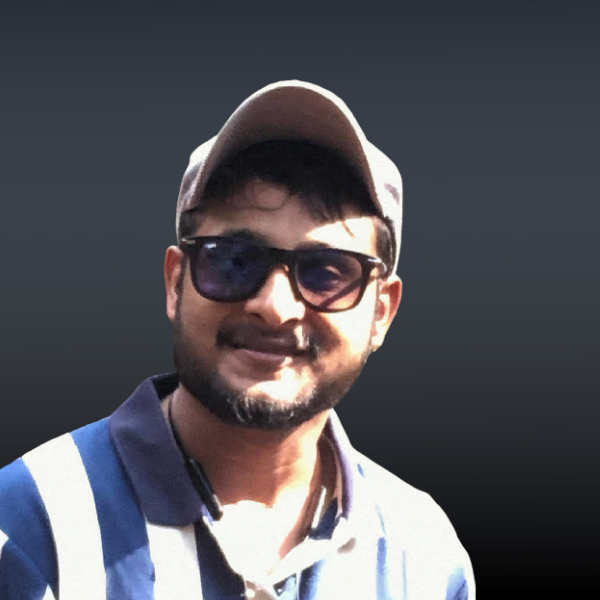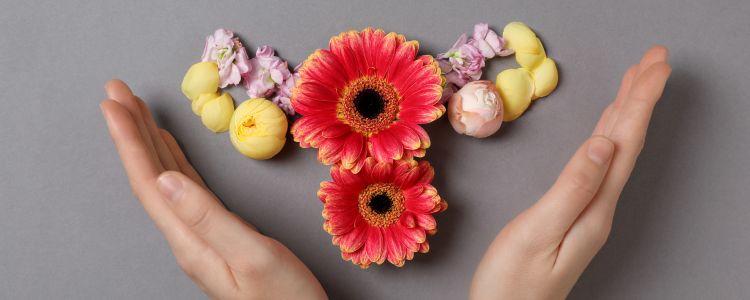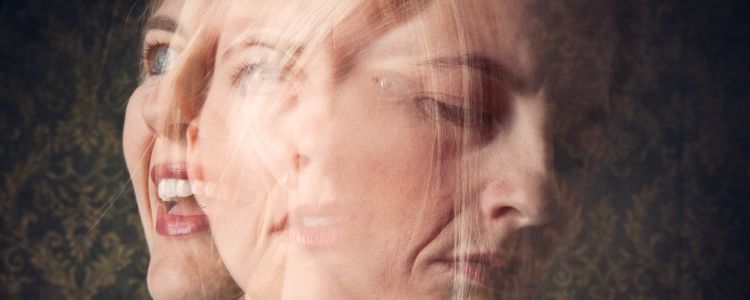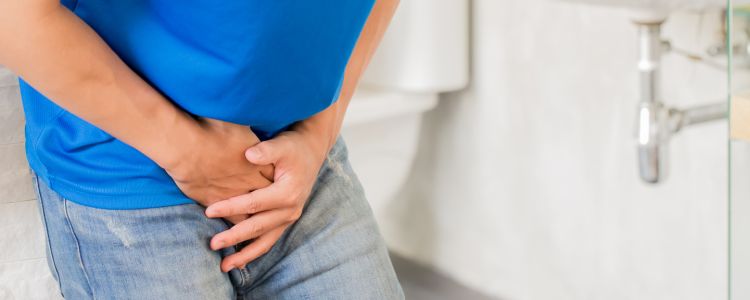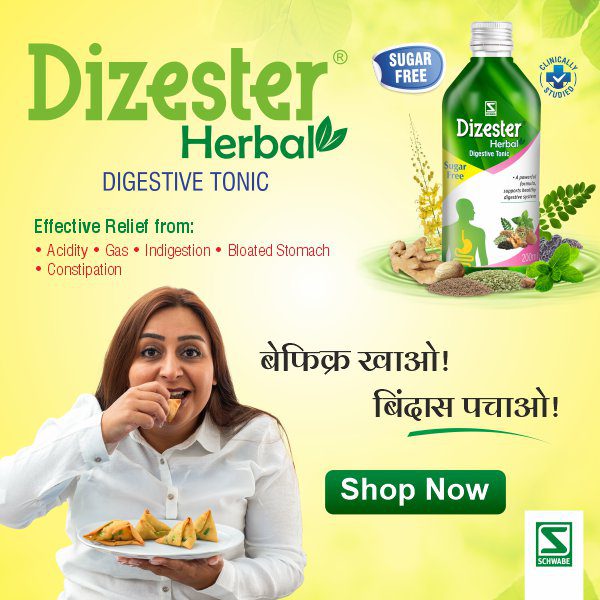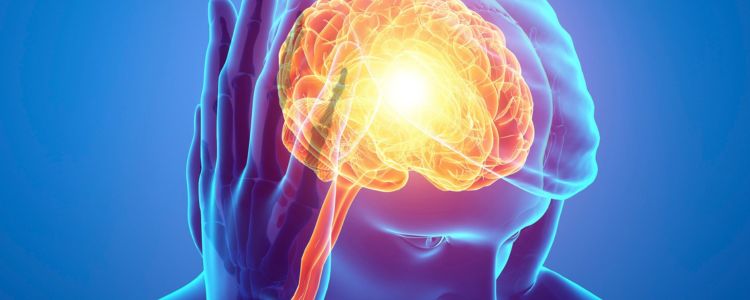
Heat Stroke In Adults And Infants: Symptoms, Signs, And Holistic Protection Strategies
- Dr Jeetesh Singh
- No Comments
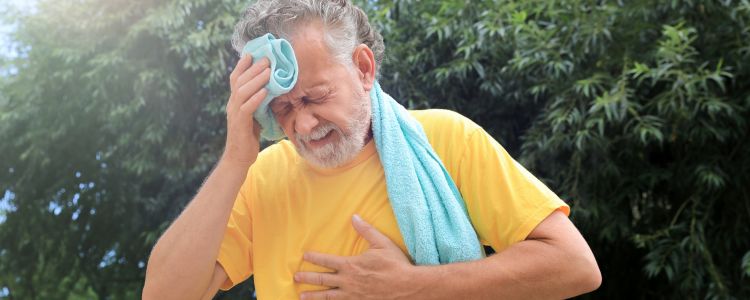
Facing the intense Indian summer—especially in regions like Rajasthan, Delhi, and Maharashtra, where temperatures soar past 45°C—is more than just uncomfortable; it can become a medical emergency. Recognising heat stroke symptoms early and being able to identify signs of heat stroke in both infants and adults are essential for saving lives. But prevention is just as important.
In this blog post, we’ll explore what happens in heat stroke, effective heat stroke precautions, and timely heat stroke first aid responses, and highlight supportive recovery approaches suited to India’s extreme summer climate.
Table of Contents
ToggleWhat Happens Inside Your Body During Heat Stroke?
Heat stroke occurs when your thermoregulation system collapses. Normally, sweat evaporation cools the body. However, during extreme heat and humidity, this mechanism fails to function. Core temperature rockets to 104°F+ (40°C+), triggering cellular damage in vital organs. So, what happens in heatstroke? Blood rushes to the skin to cool down, starving organs of oxygen. Toxins flood the bloodstream, causing inflammation, organ failure, or even death. This isn’t “just dehydration”—it’s a systemic crisis.
Critical Symptoms: Adults vs. Infants
Recognising early heat stroke symptoms is non-negotiable. Infants can’t verbalise distress, making their symptoms especially perilous.
| Symptom | Adults | Infants |
| Core Temperature | ≥104°F (40°C) | ≥104°F (40°C) (rectal) |
| Mental State | Confusion, aggression, seizures, coma | Lethargy, weak cry, floppiness, unconsciousness |
| Skin | Hot, red, dry OR clammy (exertional) | Flushed, hot, dry OR sweaty |
| Respiration | Rapid, shallow breaths | Fast, shallow breaths |
| Hydration Signs | Sunken eyes, dark urine | Sunken fontanelle (soft spot), no wet diapers |
| Other Key Signs | Throbbing headache, rapid pulse, vomiting | Refusing feeds, limpness, mottled skin |
Why Infants Face Higher Risks?
- Metabolic Vulnerability: Smaller bodies heat up 3–5× faster than adults.
- Underdeveloped Sweating: Infants sweat less efficiently, which reduces their ability to regulate body temperature.
- Dependency: They rely entirely on caregivers for hydration and protection from the sun’s rays.
Never ignore subtle symptoms of heat strokes in infants, like irritability or reduced activity—these are critical heat strokes in infants.
Also Read Nourish Your Skin With Berberis Aquifolium
Life-Saving First Aid: Act FAST
When heat stroke symptoms appear, minutes matter. Here’s what to do for heat stroke:
- Call Emergency Services IMMEDIATELY (Dial 108/102 in India).
- Move to Shade: Get indoors (with air conditioning preferred) or under a tree.
- Rapid Cooling:
- Strip excess clothing.
- Immerse yourself in cool water (not icy), or spray your skin with water and fan vigorously.
- Use ice packs (wrapped in cloth) on the neck, armpits, and groin.
- Hydrate Cautiously: Offer sips of water or ORS only if the person is conscious and not vomiting.
- Position Safely: Lie on your side if seizing or vomiting.
- Avoid: alcohol and caffeinated drinks, ice baths (which can cause shock), or forcing fluids.
- Heat stroke first aid prioritises cooling first—every second impacts survival.
Proactive Prevention: Your Heat Shield
Heat stroke precautions are your strongest defence against heat stroke. For India’s climate:
- Hydration Discipline: Drink 2–3 litres daily (water, nimbu pani, chaas). Check urine colour—pale yellow = hydrated.
- Timed Activities: Avoid the outdoors between 11 AM and 4 PM. Reschedule workouts to early mornings.
- Cooling Gear: Use umbrellas, cotton clothes, and cooling scarves (soaked in water).
- Child-Specific Protocols:
- Never leave infants in parked cars (temperatures can rise 10°C/minute).
- Use stroller shades and breathable fabrics.
- Home Cooling: Close curtains, use exhaust fans, and sleep on breathable mats.
- Community Care: Check on elderly neighbours—they’re at high risk due to reduced thirst sensitivity.
Heat stroke precautions reduce risk by 80% when consistently practised.
Recovery and Resilience Building
After a heat stroke, the body needs weeks to recover. Lingering issues include fatigue, dizziness, and sensitivity to heat. Here’s how to recover from heat stroke:
- Rest: Prioritise sleep and avoid heat exposure for 7–10 days.
- Electrolyte Balance: Consume coconut water, ORS, or a banana for potassium.
- Gentle Reintegration: Gradually resume activities in cool hours.
Supporting Recovery Holistically
Homoeopathy focuses on stimulating the body’s self-healing mechanisms. Its principles include:
1. Individualised Care
Homoeopathy treats the person, not just the disease. A practitioner thoughtfully selects remedies based on your unique symptom profile—whether your heat-induced headache feels throbbing or bursting, worsens with sun exposure, or is linked to specific thirst patterns. This personalisation aims to stimulate your body’s precise healing response. What helps one person may differ from what helps another, even when they have similar conditions. Tailoring is central to the approach.
2. Non-Interference
Homoeopathic remedies work via a different mechanism than conventional drugs. They are very diluted and prepared according to pharmacopoeial standards. This generally allows them to be used in conjunction with standard medical treatments without known chemical interactions or contraindications. They don’t suppress symptoms but aim to support the body’s self-regulation. Always inform all your healthcare providers about any medications or therapies you are currently using.
3. Preventive Resilience
Some individuals find that homoeopathy helps build tolerance to environmental stressors, such as extreme heat. The concept involves using remedies not only for acute issues but also periodically, based on a constitutional assessment, to enhance the body’s natural ability to adapt and build resilience. Think of it as supporting the body’s ability to “weather the storm” better over time. This potential for improved adaptation is a traditional aspect of constitutional homoeopathic care.
Also Read Homeopathy For The Heat
Schwabe India: Your Wellness Ally
With 150+ years of legacy, Schwabe India champions accessible homoeopathic care aligned with modern lifestyles. Their products are manufactured under strict pharmacological guidelines, ensuring purity and consistency. For those exploring holistic summer wellness support, Schwabe’s range includes historically recognised formulations.
Final Thoughts: Empowerment Through Awareness
Heat stroke doesn’t have to claim lives—awareness is your first line of defense. Learn to recognise the signs of heat stroke in adults and the early symptoms of heat stroke in infants. Equip yourself with basic heat stroke first aid, and take consistent heat stroke precautions—especially during the peak summer months.
A mindful approach, including adequate hydration, sun protection, and timely action, can make a meaningful difference. For those exploring holistic support, homoeopathy offers a gentle, complementary path aligned with the body’s natural resilience.
This summer, let awareness guide you. Stay cool. Stay prepared. And always listen to what your body is telling you.
